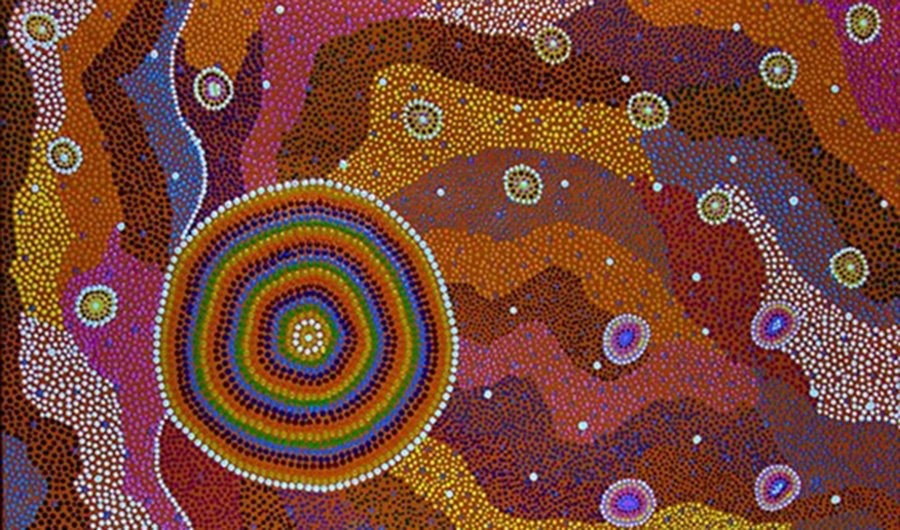A Guide to Aboriginal Astronomy

INDIGENOUS PEOPLE have passed down astronomical knowledge for generations. However little is known about this intimate understanding of the sky.
Ancient Aboriginal calendars
Astronomy was used by indigenous Australians to develop calendars and navigate the land. Each hunter-gatherer tribe lived according to an annual cycle, which informed what they ate and hunted and where they travelled.
“The timing of the moves was critical, otherwise animals would eat the crop before the humans arrived and so most Aboriginal cultures had well-defined seasons,” CSIRO astrophysicist Ray Norris told Australian Geographic.
The number of seasons differs among Aboriginal groups according to where they were based. Those living in Southern Australia typically had four seasons, while those living in Northern Australia tended to have five or six, sometimes even as many as thirteen.
One way indigenous people defined seasonal changes was through a particular star’s heliacal rising.
Heliacal rising refers to the annual rising of a star just before the Sun, making it visible just before sunrise.
“The heliacal rising of the malleefowl constellation [Lyra] in March signifies to the Boorong people of Victoria that the malleefowl are about to build their nests, and when Lyra disappears in October, the eggs are laid and are ready to be collected,” Ray explained.
Astronomy and the dreamtime
“The sky is an integral part of the environment, and so many dreaming stories involve the sky as well as the land.” Ray explained. “In particular, creator spirits often move between the Earth and sky, and so stories about them often have a sky component.”
Different groups have different stories for the same constellation, although there are often common threads. Ray said that a good example is the Southern Cross. “Kimberley people say that [the constellation] Crux is an eaglehawk and central desert people say that it’s an eagle’s footprint.”
Perhaps the most famous, however, is the Emu in the Sky constellation that stretches across the Milk Way. According to Ray, one dreamtime understanding of the constellations says that, “the legs stream out because the emu is flying, because emus used to be ‘equipped with powerful wings and spent their entire lives disporting themselves above and through the clouds’.”
Beyond the skies historical function as a dating and navigational tool, it continues to be used by present-day indigenous Australians to communicate Aboriginal lore to their children, because the stars are a constant reminder of that, Ray said.
Aboriginal astronomy art
There are several sites across Australia where rock art and formations provide valuable insight into the way indigenous people used astronomy.
“The most dramatic is the Wurdi Youang site in Victoria,” Ray said. “Sometimes called the Aboriginal Stonehenge, was built to mark the position of the setting Sun at midwinter, midsummer and the equinoxes.”
Ray explained that Wurdi Youang is the only Aboriginal site known to indicate significant astronomical positions on the horizon other than the cardinal points, suggesting that other such sites may be discovered in the future.
In south-east Australia, there is evidence in the form of stone rows that may have been used in Aboriginal astronomy. These stone arrangements range from simple lines to larger assemblages. Ray explained that some have functional purposes such as fish-trapping, while others appear to have been ceremonial.
The Emu in the Sky constellation, depicted on a rock formation in Ku-ring–gai–Chase National Park for example, is said to have been used for coming-of-age ceremonies. Ray said that initiation ceremonies are timed in relation to the ‘Emu coming down to drink’, which is when the head of the Emu in Crux approaches the horizon.
READ MORE:
- Aboriginal art aims for sky.
- Fear of eclipse widespread in Aboriginal culture.
- Aboriginal astronomers: world’s oldest?

